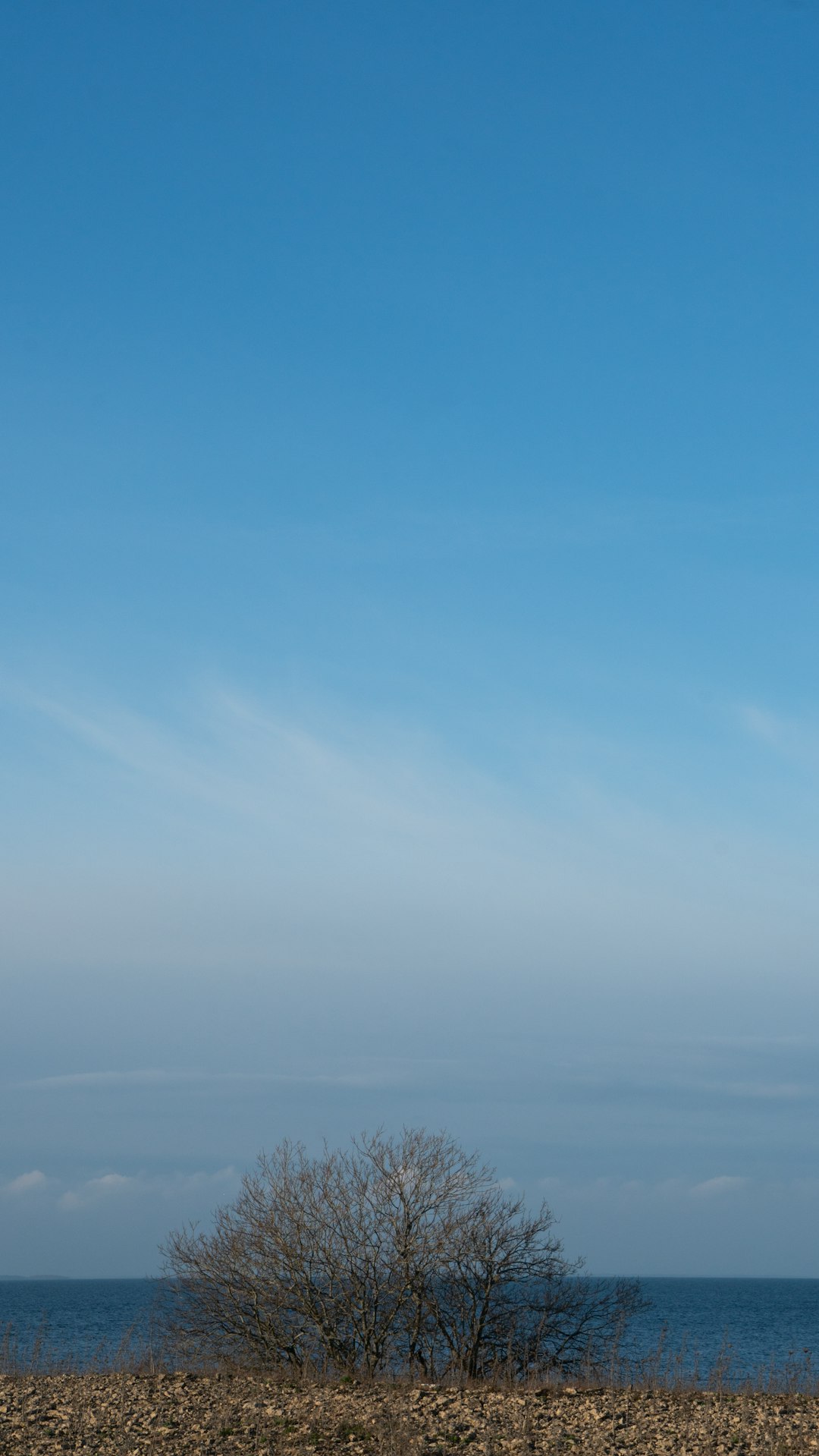Nicknamed the “Moravian Versailles,” this chateau with a French garden, an English park, and a Baroque church is one of the most extensive mid-18th century architectural complexes in Europe. Jaromerice nad Rokytnou Chateau is in the lower tip of the Czech Highlands, a five-minute drive from Moravske Budejovice.
1. October 2021

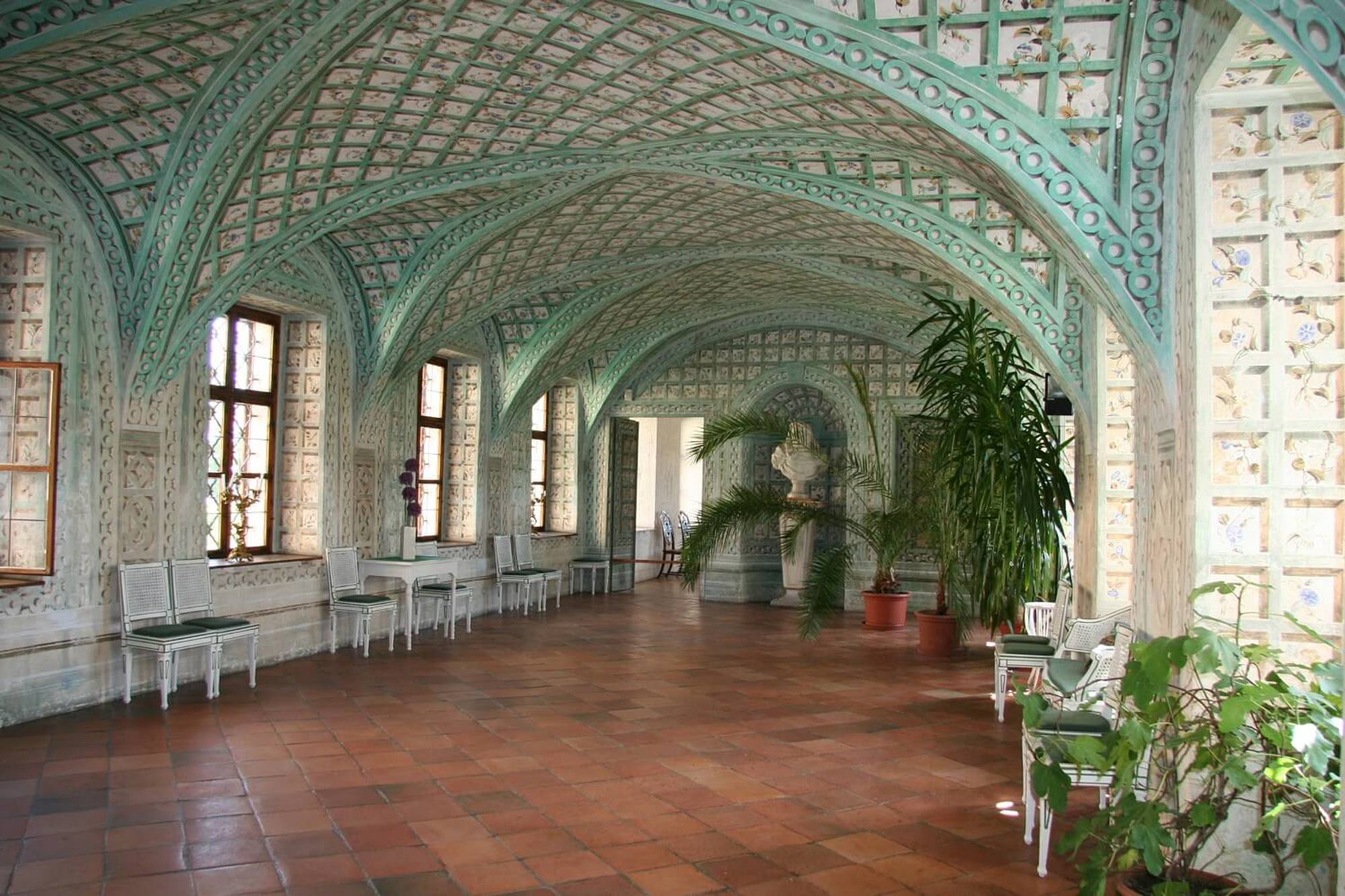
French garden and English park
The Church of St. Margaret, with its dome and two towers, adjoins the chateau, in front of which lies a beautifully maintained French garden. On the other side of the Rokytna Creek, it then turns into an extensive English park connected with the garden by wooden bridges.
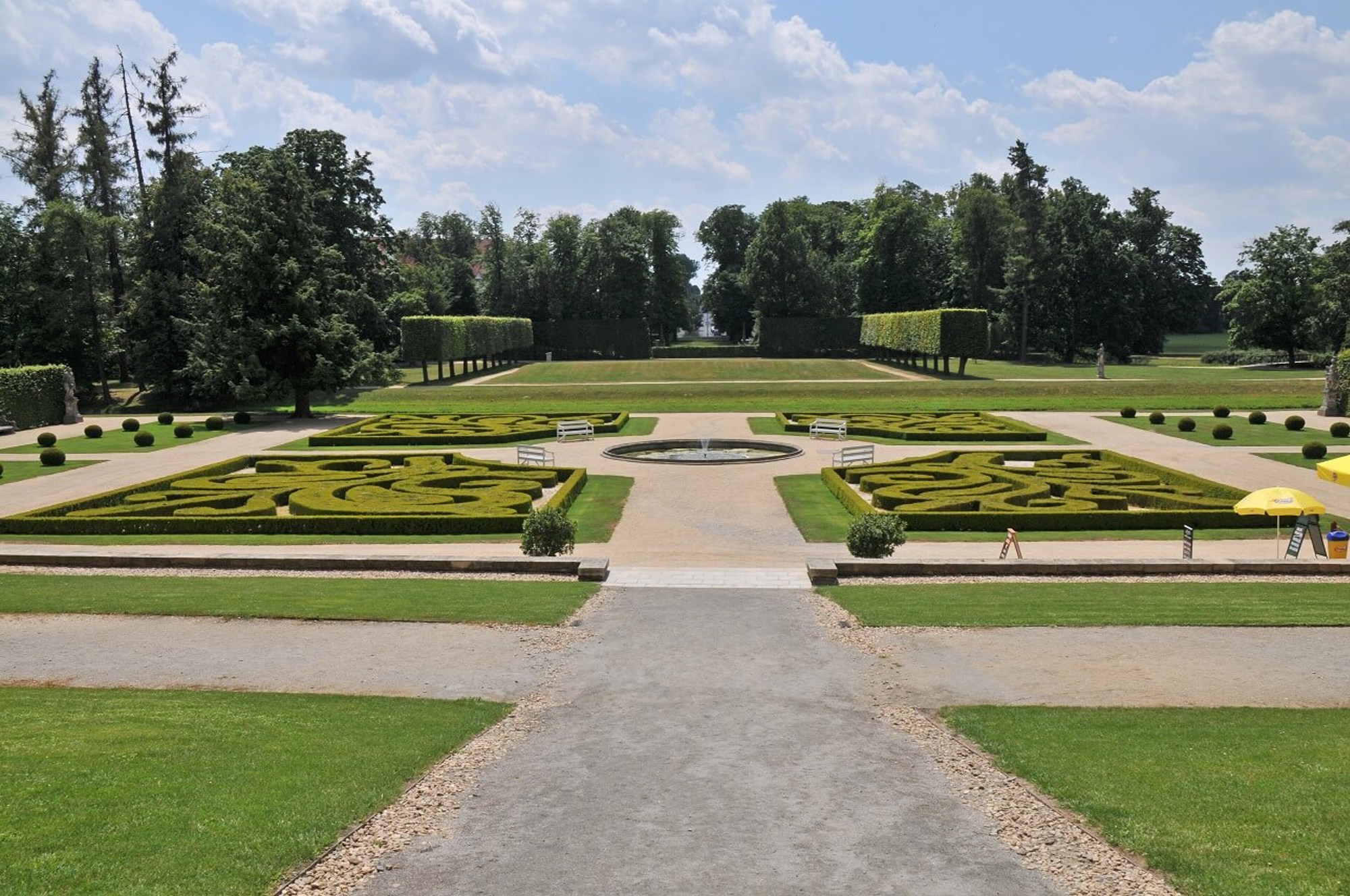
Sufficient facilities for a large crew
The central courtyard measuring 50 by 50 meters can be closed off, and even large trucks can fit through the gate. Together with the second courtyard, it can provide sufficient facilities for a large crew.
The chateau comprises 25 rooms, corridors, attics, cellars, a large hall, and a staircase and is fully electrified. Only the Church of St. Margaret is inaccessible until the end of 2021 due to ongoing reconstruction.
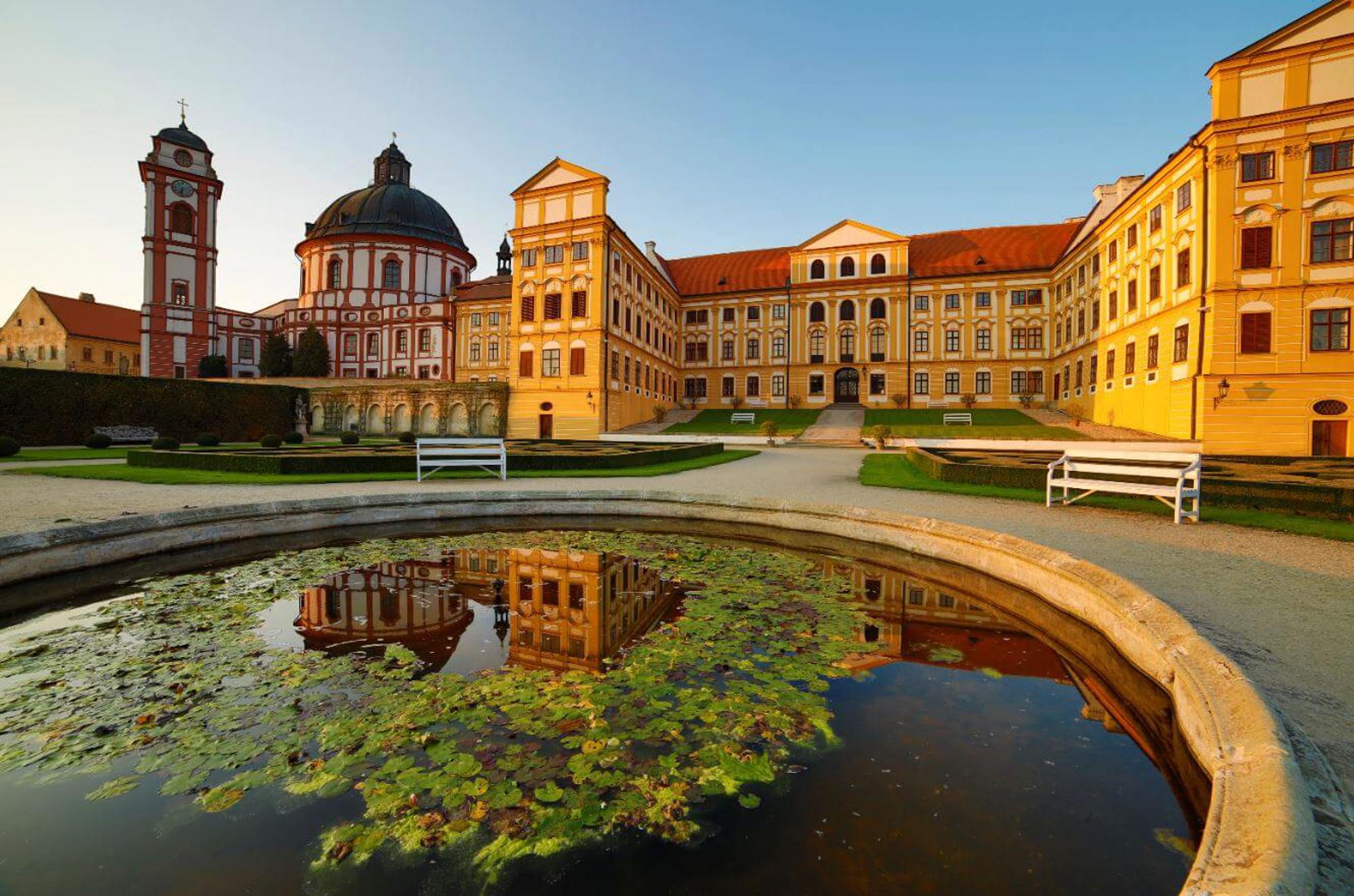
Original interiors with preserved furniture
The original interiors are richly furnished, including period musical instruments and other objects of daily life, which together create the atmosphere of the Baroque lifestyle and housing of the 19th century. They reflect the rich cultural life at the chateau at the peak of its flowering around 1730, when the first Czech opera, The Origins of Jaromerice in Moravia, was written here.
The largest room of the chateau is the majestic Hall of Ancestors, measuring 16.4 x 10.4 m. At a height of 9.8 m, the ceiling is decorated with impressive paintings, and dark wood paneling covers the walls. On the other hand, the two-story-high dance hall gives a lighter, more playful impression, illuminated by two rows of windows, its walls painted in pastel colors, and the floors covered in wooden parquets.
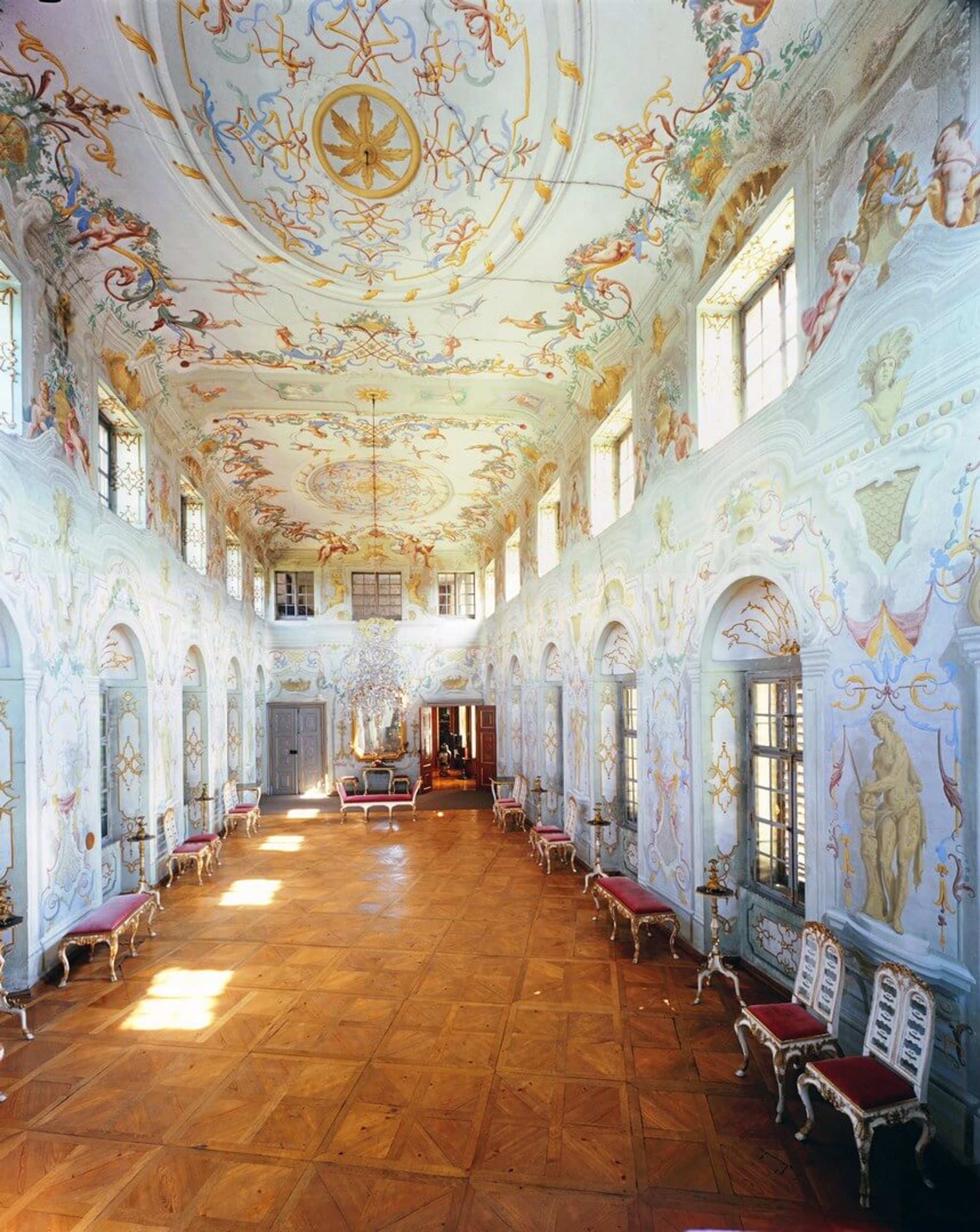
Unique sala terrena and Roman baths
The formal spaces of the chateau include a sala terrena with a beautiful vaulted ceiling decorated with trompe l’oeil painting evoking a garden arcade covered by a climbing vine with blue flowers. The room is adjacent to the sumptuous Roman baths.
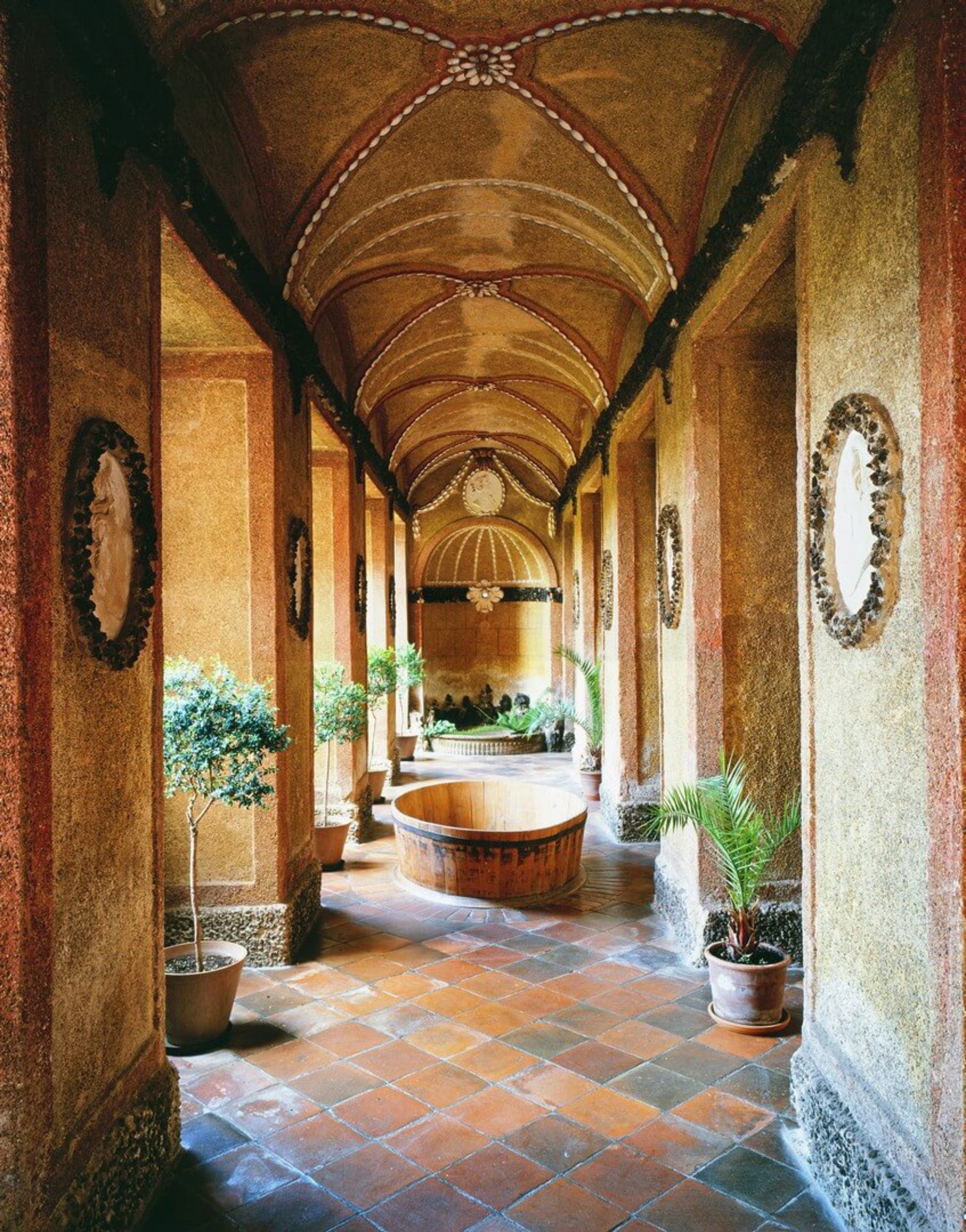
Oriental motifs adorn the walls and ceiling of the sophisticated Chinese salon. The room features Chinese furniture, porcelain, and lighting, and inlaid wooden floor.
Fully equipped chateau kitchen
A blue-tiled stove dominates the chateau kitchen. The room is completely furnished, including period kitchen utensils.

There are also three music salons, a blue salon with a picture gallery, the count’s study, a golden reception salon, a dining room, a study, and a children’s room.
Gary Oldman and Vojtech Dyk
The Czech biographical film about the composer Josef Mysliveček, Il Boemo, starring Vojtech Dyk and directed by Petr Vaclav, was filmed at the chateau. In 2003, the German movie Trenck – Zwei Herzen gegen die Krone, directed by Gernot Roll, was shot here, as was the 1994 British-American drama Immortal Beloved, directed by Bernard Rose with Gary Oldman as Ludwig van Beethoven. And three years before that, in 1991, director Juraj Jakubisko used the chateau as the location for the Austrian television series Wolfgang A. Mozart.
Jaromerice Chateau played a part in many other films by lending its furniture.
The chateau offers filmmakers unique architecture, beautiful gardens, and many authentic period artifacts. The staff has experience working with a large crew to help it to create the necessary facilities. Certain necessary restrictions must be taken into consideration, however, to protect its treasures.
Contact for filming in Vysocina:
Vysocina Film Office, Martin Kelbler (martin.kelbler@vysocinatourism.cz, +420 731 597 613)
